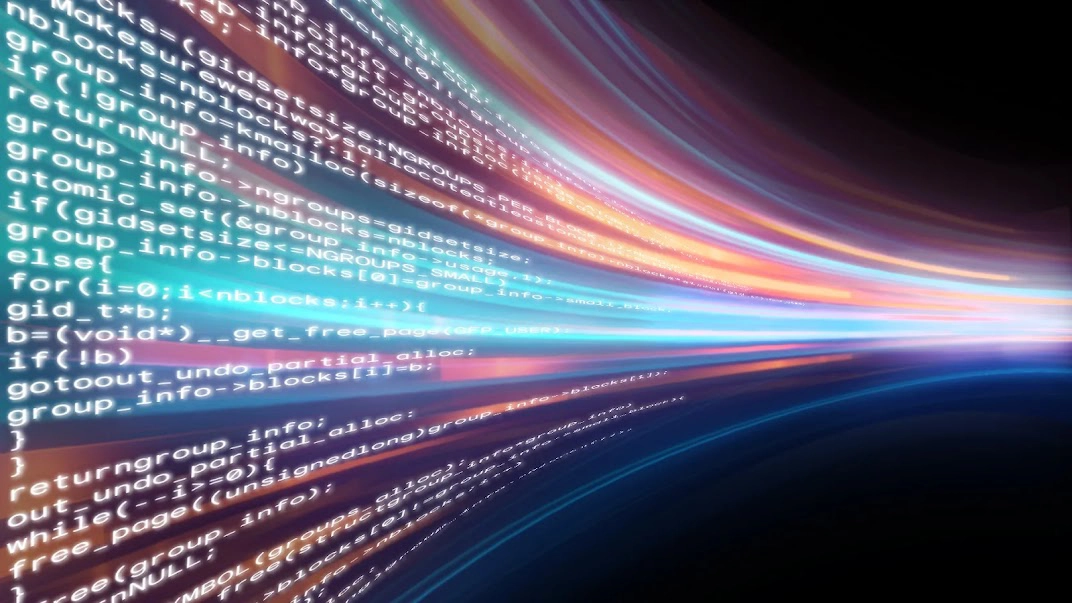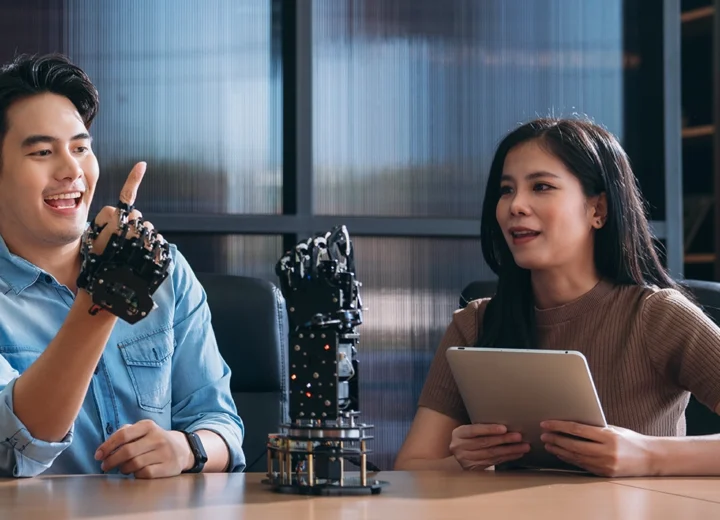
Welcome to the second installment on the intricacies of machine learning. In this article, we delve into the specifics of Unsupervised Learning. While Supervised Learning relies on labeled data to make predictions, Unsupervised Learning takes a different approach, aiming to discover patterns and relationships within unlabeled datasets.
Introduction
The Essence of Unsupervised Learning
"Machine learning is the science of getting computers to act without being explicitly programmed."
Andrew Ng Tweet
Definition & Core Concepts
Unsupervised Learning is a paradigm where the algorithm is given unlabeled data and tasked with finding inherent structures and patterns within it. Unlike Supervised Learning, there are no explicit output labels to guide the learning process. Instead, the algorithm autonomously identifies relationships, clusters, and representations in the data, revealing hidden insights that might not be apparent to human observers.
Labeled vs. Unlabeled Data
In the context of Unsupervised Learning, the absence of labels distinguishes it from its supervised counterpart. Unlabeled data doesn’t provide explicit guidance on what the algorithm should learn, fostering a more exploratory and open-ended learning process. This characteristic makes Unsupervised Learning particularly useful in scenarios where the underlying structure of the data is unclear or evolving.
Types
Types of Unsupervised Learning
Clustering
Clustering is a prominent application of Unsupervised Learning, where the algorithm groups similar data points together based on shared characteristics. This process helps uncover natural divisions within the data, revealing potential categories or classes. K-means clustering, hierarchical clustering, and DBSCAN (Density-Based Spatial Clustering of Applications with Noise) are popular algorithms in this category.
Dimensionality Reduction
In many datasets, the number of features can be vast, leading to the curse of dimensionality. Dimensionality Reduction techniques aim to address this challenge by transforming high-dimensional data into a lower-dimensional representation while preserving its essential characteristics. Principal Component Analysis (PCA), t-Distributed Stochastic Neighbor Embedding (t-SNE), and autoencoders are examples of methods employed for dimensionality reduction.
Algorithms
Unsupervised Learning Algorithms
K-Means Clustering
K-Means Clustering is a classic algorithm used for partitioning data into K clusters. The “K” in K-Means represents the user-specified number of clusters. The algorithm iteratively assigns data points to the nearest cluster center and updates the center based on the mean of the assigned points. K-Means is computationally efficient and works well for datasets with clear, spherical clusters.
Hierarchical Clustering
Hierarchical Clustering builds a tree-like hierarchy of clusters, capturing relationships at different levels of granularity. It can be agglomerative, starting with individual data points as clusters and merging them, or divisive, beginning with a single cluster and recursively splitting it. Hierarchical Clustering provides a visual representation of the cluster structure through dendrograms.
Principal Component Analysis (PCA)
PCA is a powerful technique for dimensionality reduction. It transforms the original features into a new set of uncorrelated variables called principal components. These components capture the maximum variance in the data, allowing for a more compact representation. PCA is widely used for visualizing high-dimensional data and speeding up the training of machine learning models.
t-Distributed Stochastic Neighbor Embedding (t-SNE)
t-SNE is another dimensionality reduction technique that excels in preserving the local relationships between data points. It is particularly effective for visualizing clusters in high-dimensional spaces. t-SNE maps the data into a lower-dimensional space, emphasizing the similarities between nearby points and minimizing the importance of distant ones.
Notable Applications
Applications of Unsupervised Learning
Anomaly Detection
Unsupervised Learning is instrumental in anomaly detection, where the goal is to identify patterns that deviate from the norm. By learning the typical patterns in the data, algorithms can flag instances that exhibit unusual behavior. This is crucial in various domains, including cybersecurity, fraud detection, and predictive maintenance.
Market Basket Analysis
In retail and e-commerce, Unsupervised Learning is used for market basket analysis. This involves uncovering associations and relationships between products that are frequently purchased together – recommendation engines. Retailers leverage this insight for product placement, personalized recommendations, and optimizing the arrangement of items in stores.
Generative Modeling
Generative models, such as Generative Adversarial Networks (GANs) and Variational Autoencoders (VAEs), are built on Unsupervised Learning principles. These models learn the underlying distribution of the data and can generate new, synthetic samples. GANs, for example, have been used in creating realistic images, while VAEs find applications in generating diverse outputs.
"Artificial intelligence is only as good as the data it learns from."
Madhu Gopinathan Tweet
Challenges
Challenges & Considerations
Determining the Number of Clusters
In clustering problems, determining the optimal number of clusters (K) can be challenging. Choosing too few clusters may oversimplify the structure, while selecting too many can lead to the fragmentation of meaningful patterns. Various methods, such as the elbow method and silhouette analysis, aid in finding an appropriate number of clusters.
Interpreting Results
Interpreting the results of Unsupervised Learning algorithms can be less straightforward than in Supervised Learning. Since there are no predefined labels, evaluating the quality of discovered patterns relies on domain knowledge and validation techniques. Visualization tools, like scatter plots and heatmaps, play a crucial role in understanding the relationships unveiled by these algorithms.
Conclusion
In our exploration of Unsupervised Learning, we’ve uncovered the intrinsic ability of machines to discern patterns and structures within unlabeled data. From clustering similar data points to reducing the dimensions of complex datasets, Unsupervised Learning stands as a versatile tool in the machine learning toolkit. As we move forward in this series, we’ll continue to explore various disciplines within machine learning.




